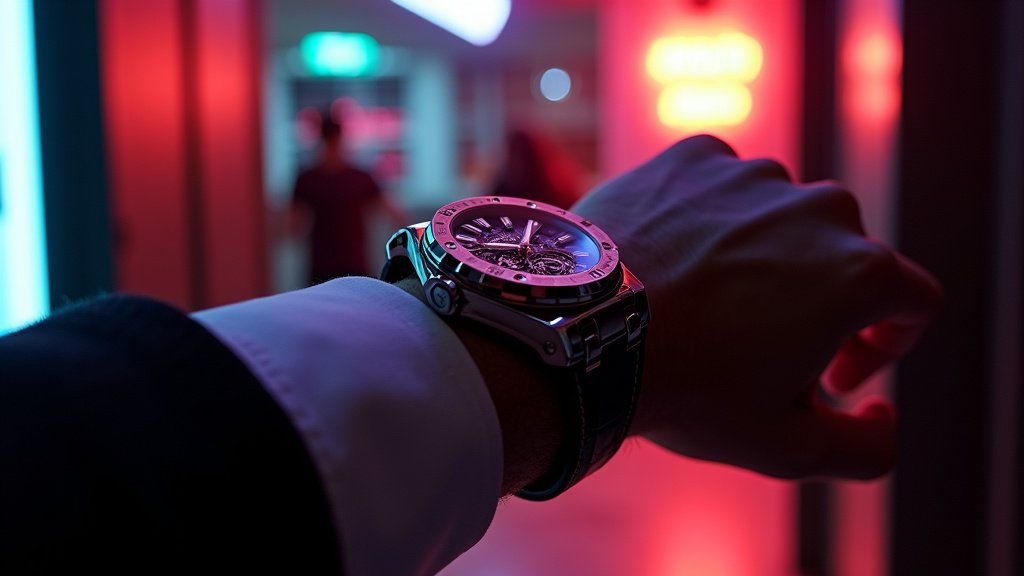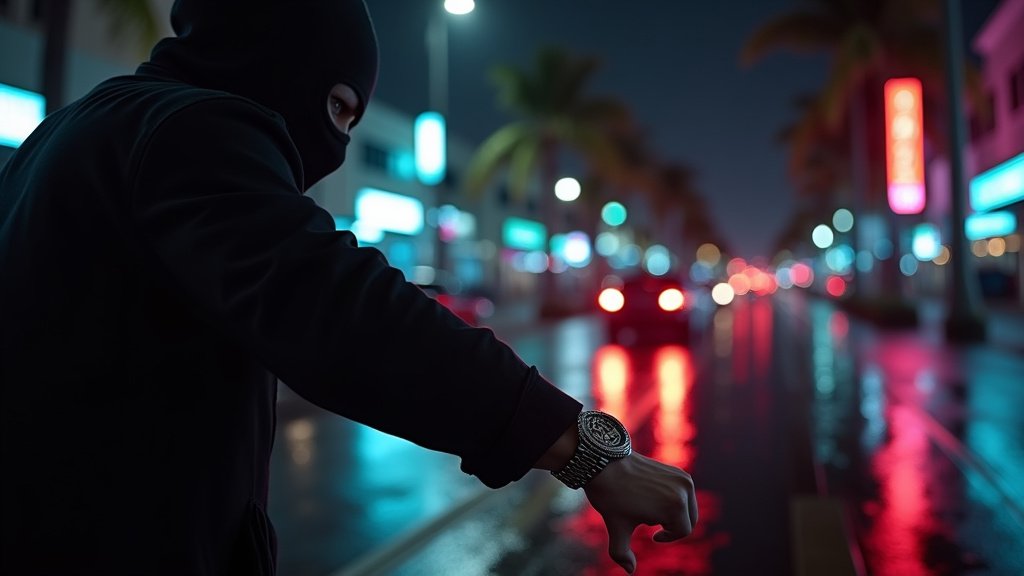Miami Beach finds itself at the forefront of a burgeoning statewide controversy as Commissioner Laura Dominguez publicly slammed Florida state officials for demanding the removal of the city’s beloved LGBTQ Pride crosswalk on Ocean Drive. This trending development signals a deepening ideological divide between local governance and state mandates, setting the stage for a significant legal and cultural battle in the heart of Miami.
The directive from the Florida Department of Transportation (FDOT) is part of a broader statewide order requiring cities to purge their transportation facilities of what the state deems “political ideologies.” Failure to comply carries the severe threat of losing crucial transportation-related funding. This action, making headlines across the state, follows a recent directive from U.S. Transportation Secretary Sean Duffy, who asserted that “roads are for safety, not political messages or artwork,” prompting a national discussion on public spaces and expression.
The Enduring Symbol of Ocean Drive
The rainbow crosswalk at the intersection of 12th Street and Ocean Drive is more than mere pavement art for Miami Beach; it is a deeply ingrained symbol of its progressive values and commitment to inclusivity. First appearing as a temporary installation in 2014, its permanent, vibrant form was unveiled in November 2018. Designed with a dynamic display of colored boxes, reflecting Miami Beach’s unique Art Deco history, the crosswalk pays homage to Leonard Horowitz, a co-founder of the Miami Design Preservation League and an openly gay man whose vision shaped the city’s iconic aesthetic. Commissioner Dominguez underscored its significance, stating that the crosswalk has long been a powerful representation of Miami Beach’s inclusivity, freedom, and pride. The idea that this landmark, an integral part of the city’s identity, could be erased has sparked outrage among local officials and residents alike.
Florida’s Stricter Stance on Roadway Art
The statewide push to remove such displays originates from Senate Bill 1662, signed into law by Governor Ron DeSantis in mid-June. This legislation mandates that FDOT ensure compliance with the 2025 FDOT Design Manual, which introduces more stringent requirements than national standards. The manual explicitly prohibits art on travel lanes, paved shoulders, intersections, crosswalks, and sidewalks that convey “social, political or ideological messages or images.” FDOT Secretary Jared Perdue has publicly supported these efforts, praising Governor DeSantis for cementing policies aimed at keeping Florida’s transportation facilities “free and clear of political ideologies.” The state’s primary justification for these measures centers on public safety, arguing that non-standard markings can distract drivers and complicate automated vehicle operation.
Federal Alignment and the ‘SAFE ROADS’ Initiative
Adding another layer to this complex news story, the Florida directive aligns with a federal initiative spearheaded by U.S. Transportation Secretary Sean Duffy. In a letter sent to all state governors on July 1, Duffy launched his “SAFE ROADS” program, emphasizing the importance of consistent and recognizable road markings to reduce traffic fatalities. Duffy asserted, “Taxpayers expect their dollars to fund safe streets, not rainbow crosswalks,” and called for the removal of any visual clutter that might interfere with driver, pedestrian, or automated vehicle navigation. This federal guidance provides a national backdrop to Florida’s specific actions, impacting cities far beyond Miami’s shores.
Miami Beach’s Defiance and Widespread Local Resistance
Miami Beach officials are not taking the state’s order lightly. Commissioner Dominguez has announced plans to propose a resolution at the next commission meeting to designate sidewalks near the crosswalk in rainbow colors, aiming to ensure the message of love and equality endures. Commissioner Joseph Magazine expressed his strong disapproval on social media, calling the state’s involvement “complete and utter bullshit” and vowing to privately fund rainbow-painted benches in Lummus Park nearby, circumventing the use of taxpayer dollars. Commissioner Alex Fernandez, the city’s only openly gay elected local official, anticipates a formal notice from the state and has firmly stated that Miami Beach must appeal and resist this order, highlighting that the crosswalk was properly approved and is a safe reflection of the city’s inclusive values.
Miami Beach is not alone in its defiance. Delray Beach and Key West have also received similar notices and have signaled their intent to fight the mandate, with Key West exploring all legal avenues. St. Petersburg is discussing compliance, though protests have erupted advocating for the preservation of similar street art. However, not all cities are resisting. Boynton Beach, Gainesville, and West Palm Beach have reportedly complied or are in the process of complying, with Gainesville commissioners citing the unavoidable loss of transportation funding as their reason. Orlando, home to a significant rainbow crosswalk near the Pulse nightclub memorial, faces similar scrutiny, with State Senator Carlos Guillermo Smith calling the targeting of rainbow symbols an attempt to erase the LGBTQ+ community.
Opponents of the state’s directive fiercely challenge the safety rationale, citing studies, such as the 2022 Bloomberg Philanthropies Asphalt Art Safety Study. This research found that painted intersections, far from being distracting, actually lead to a significant decrease in crashes (over 50% reduction) and an increase in drivers yielding to pedestrians. Many local officials argue that the vibrant art can indeed improve safety by drawing attention to intersections.
The Broader Context of Ideological Battle
This dispute over public art and transportation policy in Florida is unfolding against a backdrop of increasing legislative efforts targeting LGBTQ+ rights in the state. Under Governor DeSantis’ leadership, Florida has seen a series of laws enacted that LGBTQ+ advocates argue are discriminatory, ranging from expanded restrictions on classroom discussions of sexual orientation and gender identity to bans on gender-affirming care for minors and limitations on public facility usage for transgender individuals. Efforts to ban LGBTQ+ flags from government buildings further illustrate a broader ideological campaign that this crosswalk controversy has now become a prominent part of, making it a pivotal news item that is trending statewide.
As Miami Beach prepares for its formal response, the situation underscores the growing tension between state authority and local autonomy, particularly concerning symbols of community identity and expression. The future of the Ocean Drive rainbow crosswalk, and others like it across Florida, remains uncertain, but the city’s resolve to protect its values appears unwavering, setting the stage for an impactful legal and social battle.




